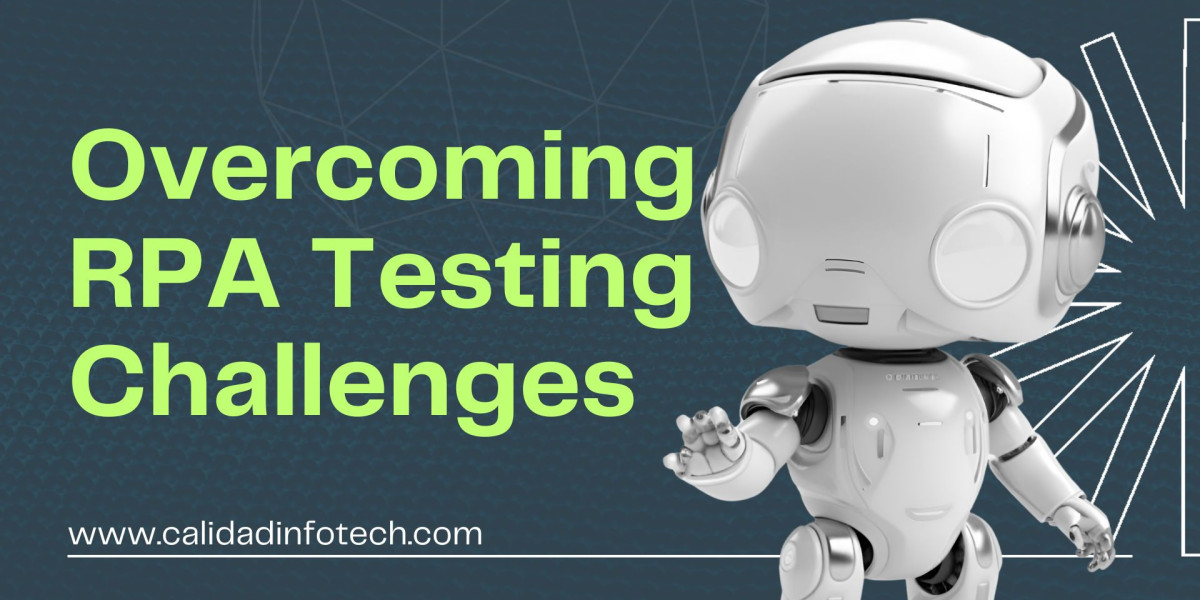RPA software testing is more important than ever as robotic process automation (RPA) continues revolutionizing company operations across industries. RPA installations must be dependable, effective, and error-free due to the increasing reliance on RPA for repetitive and time-consuming tasks.
However, RPA testing does come with difficulties, especially when it comes to managing sophisticated integrations, handling quickly changing technology, and verifying complex workflows.
New approaches to overcoming these obstacles and enhancing testing efficacy are being developed as we move toward 2025. So, today, let's talk about some advanced strategies for RPA software testing in this piece of content.
Top RPA Testing Challenges Often Businesses Face
These are some of the top RPA software testing problems companies usually come across-
Experimenting in Various Environments and Systems
RPA solutions are frequently used to manage tasks across several systems, including legacy apps, CRM, and ERP. A core testing hardship is ensuring compatibility with each of these platforms. Testing in several environments, such as development, staging, and production, also necessitates repeated validation to prevent deployment-related problems.
Complex and Dynamic Workflows
Because RPA systems work with a wide range of applications, they regularly need to adjust to shifting environments and workflows. Testing is challenging in dynamic workflows, such as those involving conditional logic or non-standard procedures. Automated bots need to be evaluated in varied settings, and even minor adjustments can have a massive impact on the system's overall performance.
Data Security and Privacy Issues
Any testing must guarantee adherence to privacy laws because RPA systems frequently handle sensitive data. To avoid data leaks and to adhere to legal obligations, testers must use secure testing procedures, especially when testing in settings that resemble production.
Top Solutions for RPA Software Testing Challenges in 2025
Here are some of the top things to bypass RPA testing obstacles-
Sophisticated Frameworks for Test Automation
Testers are increasingly using test automation frameworks designed for RPA, such as those with AI-driven features. Robot failures can be reduced by using AI-enhanced testing frameworks that recognize and adjust to patterns in UI changes. Additionally, they increase the effectiveness of testing dynamic workflows since AI algorithms can assess many scenarios, which speeds up and improves the reliability of testing.
Using Sturdy Change Management Techniques
A strong change management approach must be established to properly handle frequent UI and process upgrades. It is important to periodically evaluate and update automated testing scripts to take interface changes into consideration. Furthermore, testers can monitor changes made to various RPA components and revert to earlier iterations in the event of an issue by integrating version control systems.
Continuous Integration (CI) and Shift-Left Testing
One essential strategy for resolving RPA testing issues is shift-left testing. Organizations can lower the chance of expensive failures after deployment by implementing Continuous Integration (CI) and integrating testing early in the RPA development process. Continuous testing can also be automated by teams using CI-facilitating tools.
Using Virtualization to Test in Multiple Environments
RPA software testing across several systems and scenarios is made possible by virtualization, which lets testers build simulated environments that closely resemble real-world conditions. Virtual test environments let testers conduct thorough testing without interfering with live operations to ensure compatibility and dependability when bots go live. By 2025, it is anticipated that virtualization tools will have advanced to a point where they can better support intricate RPA procedures.
Wrapping Up This Here-
A proactive, systematic approach that develops with RPA technology is necessary to overcome the issues of RPA software testing. These techniques need to concentrate on early testing, AI-driven test automation, environment virtualization, and data security as RPA installations get more complicated.
By using these tactics, businesses can ensure that in 2025 and beyond, their RPA systems continue to be robust, effective, and flexible enough to meet evolving business requirements.
Visit Calidad Infotech for professional assistance with RPA software testing. Here, state-of-the-art testing solutions can help your company attain the best possible RPA performance.








